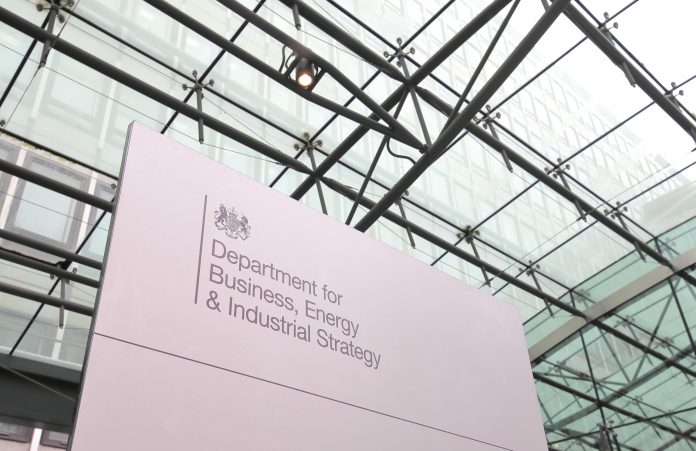Over £1bn has been allocated to drive down emissions from industry and public buildings like schools, hospitals and council buildings, as part of the Industrial Decarbonisation Strategy
Business secretary, Kwasi Kwarteng revealed the £1bn will create and support 80,000 UK jobs over the next 30 years whilst cutting emissions by two-thirds in just 15 years.
Building on the prime minister’s plan for a Green Industrial Revolution, the new Industrial Decarbonisation Strategy sets out the government’s vision for building a competitive, greener future for the manufacturing and construction sector.
The new strategy will be underpinned by supporting existing industry to decarbonise and encouraging the growth of new, low carbon industries in the UK to protect and create skilled jobs and businesses in the UK, as well as giving businesses long-term certainty to invest in home-grown decarbonisation technology.
£171m from the Industrial Decarbonisation Challenge has been allocated to 9 green tech projects in Scotland, South Wales and North West, Humber and Teesside in England, to undertake engineering and design studies for the rollout of decarbonisation infrastructure, such as carbon capture, usage and storage (CCUS) and hydrogen.
To reduce carbon emissions from public buildings including hospitals, schools and council buildings, £932m has been directed to 429 projects across England.
The Public Sector Decarbonisation Scheme funds low carbon heating systems, such as heat pumps, and energy efficiency measures like insulation and LED lighting.
The move could provide potential savings to businesses of around £2bn per year in energy costs in 2030 and aim to reduce annual carbon emissions by over 2 million tonnes.
In the process, the government will create the right framework for new industrial sectors to base themselves in the UK and attract inward investment, while future-proofing businesses to secure the long-term viability of jobs in our industrial heartlands.
Key commitments include:
- Using carbon pricing as tool for getting industry to take account of their emissions in business and investment decisions;
- Establishing the right policy framework to ensure uptake of fuel switching in industry from fossil fuels to low carbon alternatives such as hydrogen, electricity or biomass;
- Establishing a targeted approach to mitigate against carbon leakage that meets the government’s domestic and global climate goals, while keeping businesses competitive;
- Developing proposals for new product standards, enabling manufacturers to clearly distinguish their products from high carbon competitors’
- Exploring the role of coordinated action on public procurement to create demand for green industrial products, helping to drive down costs and allowing a broader market to develop;
- The government’s Infrastructure Delivery Taskforce, named ‘Project Speed’, to ensure the land planning regime is fit for building low carbon infrastructure;
- Working with the recently re-constituted Steel Council to consider the implications of the recommendation of the Climate Change Committee to ‘set targets for ore-based steelmaking to reach near-zero emissions by 2035’;
- Supporting skills transition so that the current and future workforce benefit from the creation of new green jobs;
- An expectation that industrial emissions will fall by two-thirds by 2035, and by at least 90% by 2050, compared to 2018 levels;
- An expectation that at least 3 megatons of CO2 is captured within industry per year by 2030, compared to minimal levels at present.
Pushing emissions and business abroad
Business and energy secretary Kwasi Kwarteng, said: “We were the first major economy to put into law our target to end our contribution to climate change, and today we’re taking steps to be the first major economy to have its own low carbon industrial sector.
“While reaching our climate targets will require extensive change across our economy, we must do so in a way that protects jobs, creates new industries and attracts inward investment – without pushing emissions and business abroad.
“Backed by more than £1bn investment, today’s plans will make a considerable dent in the amount of carbon emissions emitting from our economy and put us on the path to eliminate our contribution to climate change by 2050.”
Actis Insulation’s UK and Ireland sales director Mark Cooper stressed the importance of a “fabric first” approach
“It’s important, whether retrofitting or carrying out a new build, to focus on the fabric of the building and ensure it’s thermally sound before investing in other measures. Insulation is generally among the most cost-effective and long-lasting way of achieving energy efficiency, and thus the best investment,” he said.

















